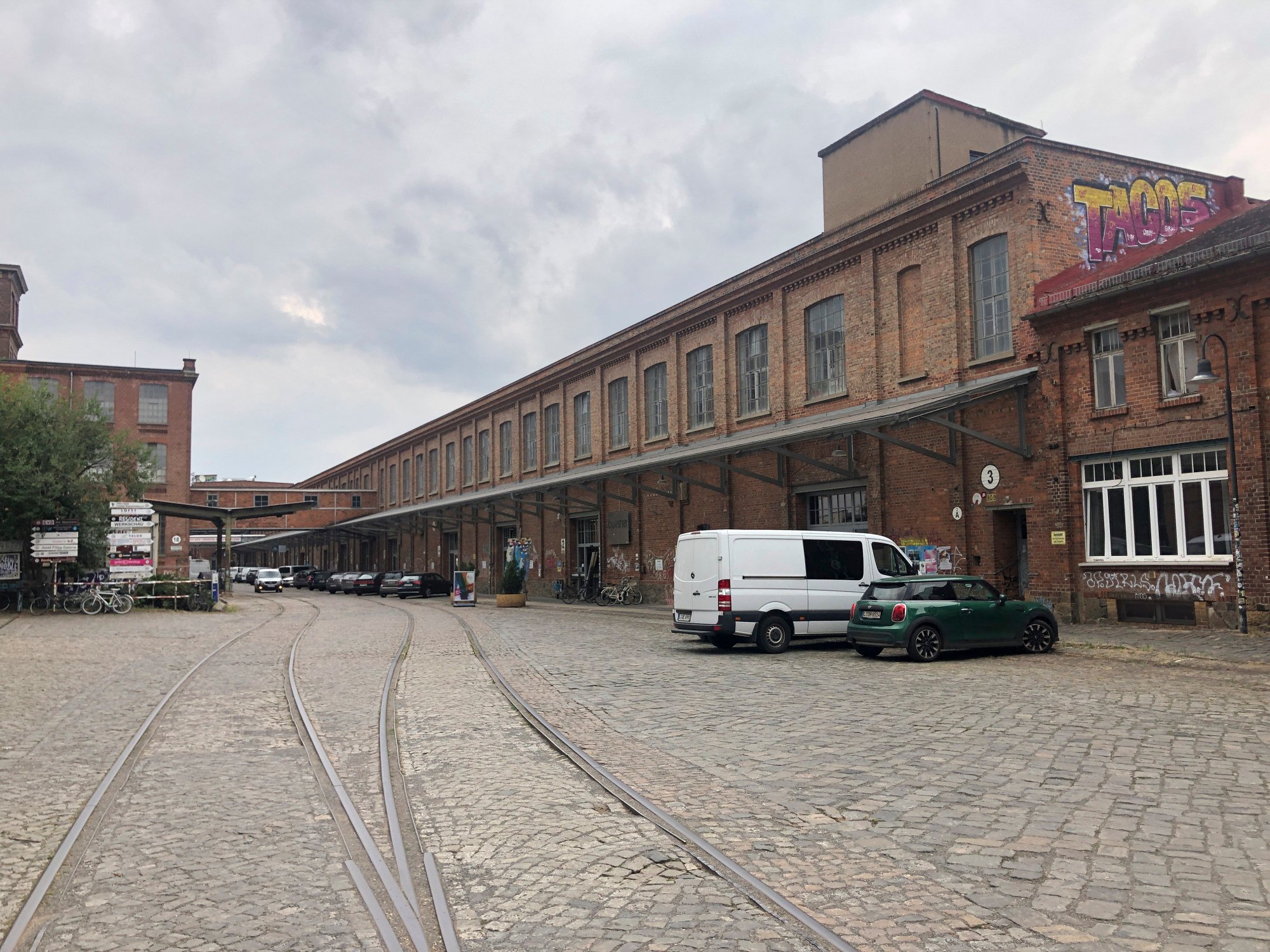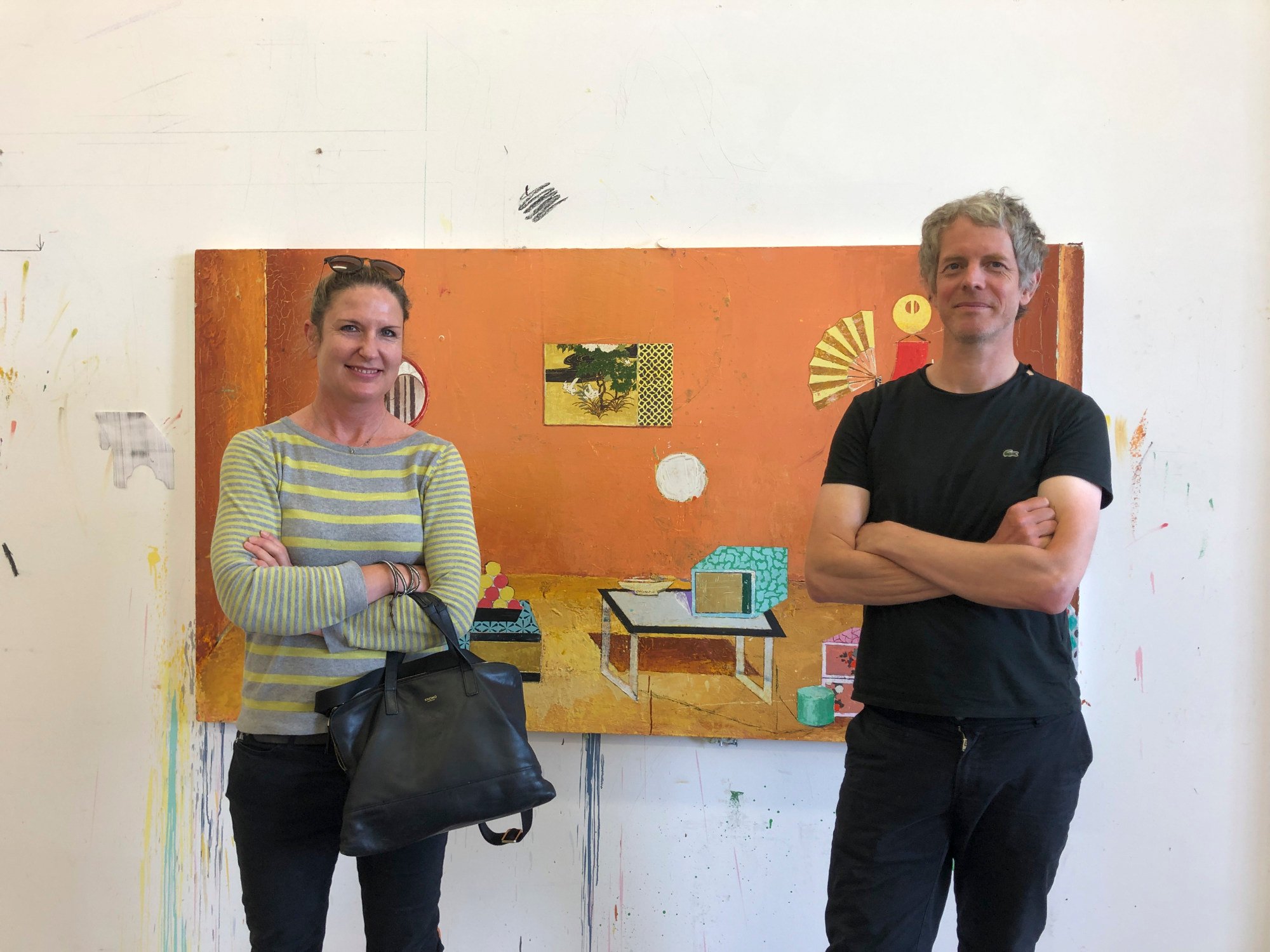
Cradle of the New Leipzig School of art, the Spinnerei, a former cotton mill in East Germany, gives artists space to be themselves
- The Spinnerei, in Leipzig, Germany, is a former cotton mill that has been turned, relatively organically, into an arts and cultural centre
- Artists have been drawn by the affordable rent and the lavish proportions of the factory spaces. The complex hosts exhibitions and an art residency
Leipzig is Bach, Mendelssohn, Wagner. Leipzig is Gewandhaus, Thomaskirche and the opera house.
This 1,000-year-old city in Saxony, eastern Germany, reverberates with such an abundance of musical legacies that itineraries can easily be filled with nothing more than enchanting concerts and pilgrimages in the footsteps of great composers.
However, climb onto an S14 light rail train just outside the city’s imposing central station (the Leipzig Hauptbahnhof, best station on the continent according to the 2021 European Railway Station Index) and get off at Plagwitz, a mere 20 minutes later, and you can immerse yourself in a different history.
The Spinnerei – or the Leipziger Baumwoll-spinnerei, to give it its full name – is a former 19th century cotton mill that has been turned into an arts and cultural centre.

In 1989, with the fall of the Berlin Wall, much of East Germany’s socialist industrial economy was deemed uncompetitive and assets were liquidated and sold to West German buyers.
Who decides the sounds we hear every day? Artist asks the question
The 10-hectare (25-acre), 20-building complex, which dates to 1884, had been Europe’s largest spinning mill in its early 20th century heyday, but when put up for sale did not exactly spark a bidding war.
Under the aegis of a state administrator, a small amount of production continued until 2000, but the number of workers had fallen from 1,650 after reunification to just 40 at the end of the mill’s existence.
Property developer MIB finally bought the old mill in 2001. As the spindles stopped turning, artists swept in, drawn by affordable rents and the lavish proportions of the factory spaces.
Their presence, together with that of architects, craft companies, theatre groups and other creative types, convinced the new owners that, even though bank credit was hard to come by in the early 2000s, the compound had a future as a creative hub.

Outside the gates of the Spinnerei is a small bakery and, curiously, a Sichuan restaurant founded by a German photographer who spent a great deal of time in China – sadly, the charming, eccentric Chinabrenner is serving its last camphor-tea duck and gong bao chicken this month.
It is just about the only retailer there is in the area apart from commercial galleries and an artists’ supply store.

Here, artists are left to their own devices. And here, too, is where the art world phenomenon that is the New Leipzig School was born.
Eagerly promoted by art dealer Gerd Harry Lybke, owner of gallery Eigen + Art, which has been based in the Spinnerei since 2005, the “school” is a cohort of Leipzig artists born in the 1960s and ’70s who became sought after by international collectors after German reunification.
Artists grouped under this banner have inevitably studied at the Hochschule für Grafik und Buchkunst (HGB) Leipzig, one of Germany’s oldest art schools and known for a traditionalist insistence that its graduates must know how to paint. Those graduates tend to combine highly realistic figurative elements with a surreal or mystical setting.

Among them is Leipzig-born-and-raised Neo Rauch, who has become an art world celebrity for his monumental allegories that intrigue and thwart all attempts at interpretation.
He was one of the first artists to move into the compound in the ’90s and continues to paint in his studio every day unless he is travelling, according to Michael Ludwig, director of the Spinnerei’s art house cinema and the complex’s press officer.
Rauch’s neighbours include Hans Aichinger, also locally born, who depicts teenagers in theatrical moments, their faces illuminated with the drama of baroque paintings, and Matthias Weischer, from West Germany, who was drawn by the HGB academy’s reputation and moved to Leipzig in 1995 as a student. He has been living in the city ever since.
‘Am I home yet? Are you my people?’ Artist on the purpose of her work
“Leipzig, unlike places like Berlin, is where artists don’t feel obliged to mix with the world,” says Esther Niebel, whose gallery, The Grass is Greener, is in the heart of this creative hotbed.
Having also moved there from the western part of Germany, Niebel is aware of the weight of history in the former heartland of the communist German Democratic Republic and the unique social and historical milieus that informs local artists. Yet the Spinnerei is not closed to the world.
Each summer, artists from around the globe come for the Leipzig International Art Programme residency. And Niebel is coordinating a joint exhibition with the Sichuan Fine Arts Institute on the theme of dragons – Weischer is working on a new painting for the show.

“The image of the dragon is so different throughout cultural history in the East and the West,” says Niebel. “It will be interesting to look into the mirror and see what we find.”











